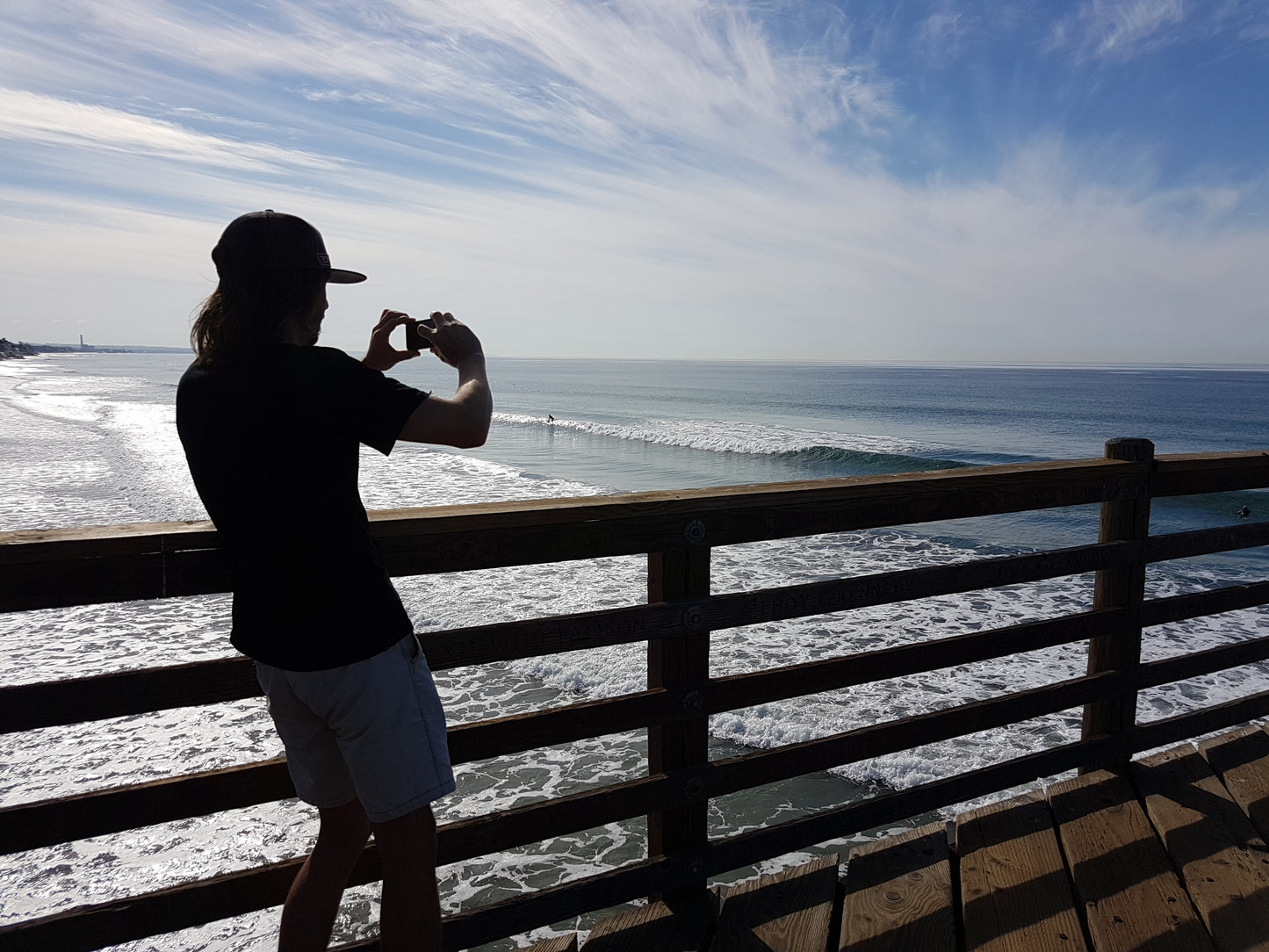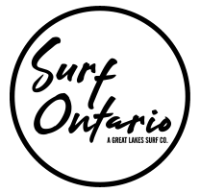
After a recent surf trip, I got inspired to create a template for surf trip preparation to help others organize their gear and goals.
Everyone has a different agenda while on a surf trip whether it be exploring, partying, hiking, surfing or any combination thereof. For Grant and I, it's always been early to bed, very early to rise and maxing out the surf time along with some exploration.
My goal is to provide a guide to help you maximize your surf trip from fitness to gear.
I've divided the preparation template into four categories:
- Fitness
- Board Selection
- Board Packing Tips
- Surf Analysis/Improvement
#1. Fitness: Assess your Health & Fitness Level & Improve it
** This is the one area that gets overlooked the most **
Your fitness level will dictate how well you'll surf, how often, how easily you'll recover and how much fun you'll have surfing. It's worth taking stock of your strengths and weaknesses.
Assess your current fitness level with the following aspects for analysis:
Injuries - Try your best to clear any nagging injuries and include exercises in your training to help prevent them. Seek out professional advice and learn how to maintain your body and develop a routine to make you more robust.
General Posture - Office work is destroying our bodies and it's making surfing more difficult for us. For example, how you ever tried lifting your arms overhead from a slouched position? Well we're starting to get stuck in this position from too much sitting - think how difficult it will be to paddle if you can't reach above your head!
Poor upper body posture will lead to excessive wear on your rotator cuff, inflammation and tendinitis. Your training must include work to counteract sitting or poor standing posture. You won't be able to fix your posture overnight but you can improve it and take steps to be more consistent in your training.
Mobility - How well are you moving? Can you crouch and pop up? Surfing is so dynamic and the more dynamic your body can be, the more you can improve your surfing and the more you'll get out of it. There's a lot of good information out there on how to improve your movements. Check out Kelly Starretts work as a good place to start to learn about your own body and how to make it move better. Click here.
Body Weight & Body Fat Percentage - Body weight is very important in surfing. You need a board to float you properly. Excess body fat will make it harder to pop up which is crucial for surfing. In 16 years of teaching surfing on the lakes, the students carrying the most weight have the most difficult time getting to their feet. Do your best to stay lean and fit so you'll have the most success popping up and surfing.
Body Fat Percentage - This is your body composition as it relates to fat versus body mass. It's important to know because though you may be losing weight, you may be losing muscles mass instead of fat! As we get older, we generally lose weight, however it's usually our precious muscle tissue not our fat. Though we may weigh less, our body composition changes to include more fat.
#2. Board Selection
Consider the following when choosing which board(s) to pack:
- Where are you going? How long? When?
- What's the forecast?
- Which waves are you going to surf?
- What's your skill level?
- Rent or bring your boards?
#3. Board Packing Tips
BOARDS: To date, I've travelled with boards on over 150 flights with only two minor dings (knock on wood). Although it's evolved over the years, here's how I do it lately:
- Use a dedicated travel bag only - wheelie bags are great but note they are heavier
- Use day bags for each board inside your travel bag if possible
- Tie multiple boards together before loading bag
- Ensure rails and tails are padded with foam, towels, wetsuits or pillows
- Don't worry too much - pack it well - the rest is out of your control
FINS: Use a fin wallet - yes, they're handy!
Here's a video of what you can pop into your fin wallet:
**A great packing tip Grant uses is having a permanent electronic packing list to refer to on every trip so he never has to think about what he needs to pack.
#4. Surf Analysis
What are your goals for this trip? What are you looking to improve? During each session, pick an aspect of your surfing to work on. One of the best online resources out there is Martin Dunn's youtube channel. Below is one of his videos with tips on the forehand re-entry.
Watch these videos before, during and after your trip. Get video footage of your surfing if possible and dissect it before you go, to see what needs improving.
Other questions to consider during your analysis:
What's my body doing when? Why does this work? Where are my arms? What am I doing with them? Foot positioning? Center of gravity? Am I too rigid? If so, is this a mobility problem or a surfing problem?
Pop up too slow? Fitness problem, weight problem or strength issue? Or is my board too small?
Hope this helps get you thinking and helps you prepare for YOUR next surf trip!
